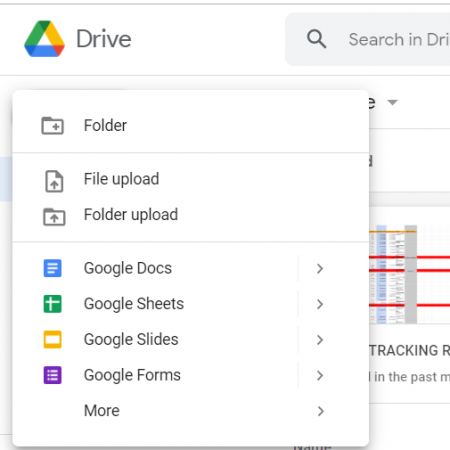Insert Excel Sheet into SolidWorks Easily: Quick Guide
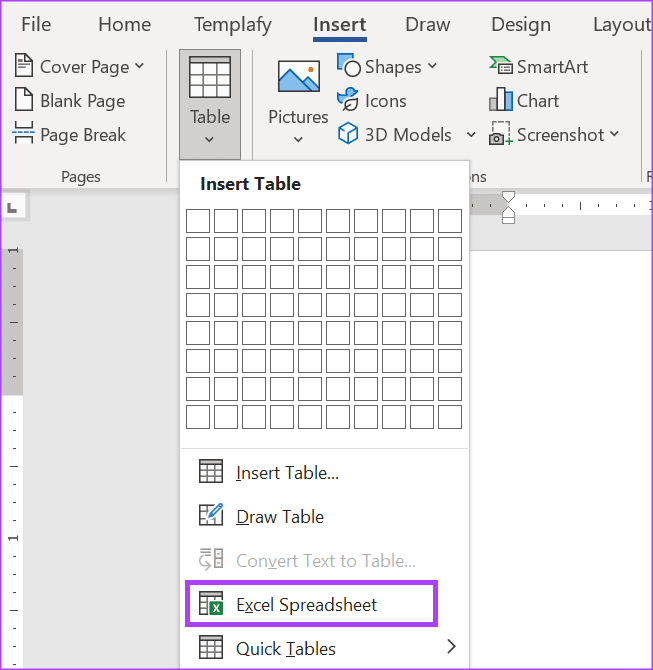
Integrating an Excel spreadsheet into a CAD software like SolidWorks can significantly enhance your workflow, especially when dealing with repetitive data or design parameters. Whether you're managing part numbers, dimensions, or configurations, Excel's capabilities paired with SolidWorks provide a powerful toolset for design automation and data management.
Why Use Excel with SolidWorks?
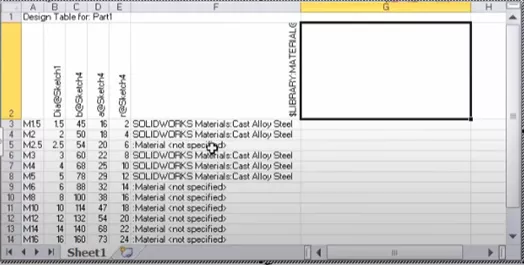
Excel and SolidWorks can streamline several aspects of product design:
- Automation: Automate repetitive tasks like dimensioning or configuring parts.
- Data Management: Organize part information, material properties, or vendor details in a structured format.
- Design Control: Use Excel to control design variables in SolidWorks, allowing for dynamic designs.
Preparing Your Excel Sheet
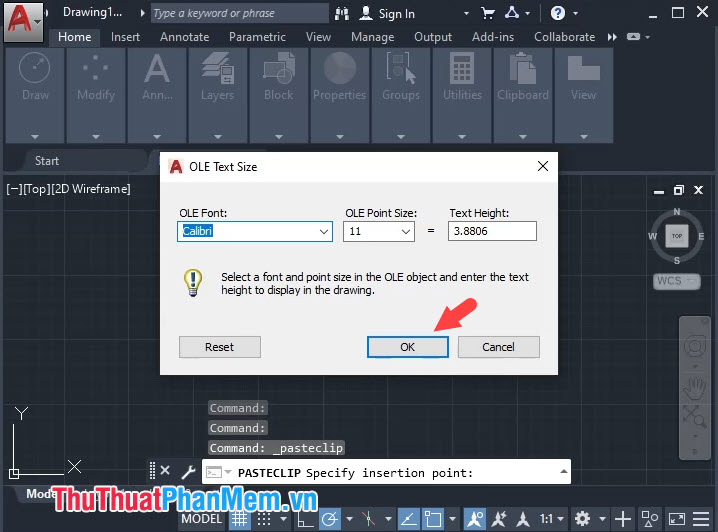
Before diving into SolidWorks, ensure your Excel sheet is formatted correctly:
- Create column headers that correspond to SolidWorks parameter names or feature names.
- Enter data under each header, ensuring consistency in data types (e.g., numbers, text).
- Save your Excel sheet in a common format like .xlsx or .csv.
💡 Note: Keep your Excel sheet clean. Avoid merging cells or using complex formatting that SolidWorks might not interpret.
Step-by-Step Integration Guide
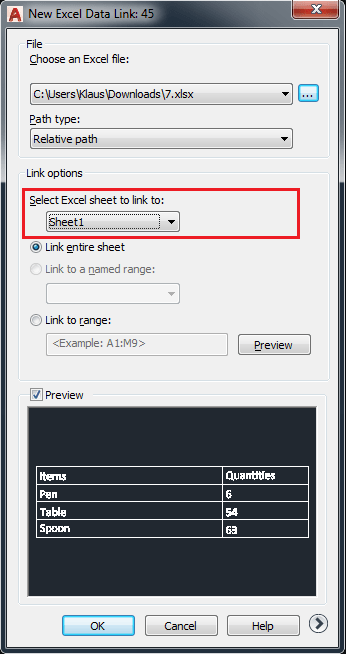
Here's how to insert your Excel sheet into SolidWorks:
Step 1: Open SolidWorks

Open your SolidWorks project or start a new one where you want to apply Excel data.
Step 2: Access Design Table

Go to Insert > Tables > Design Table from the menu bar.
Step 3: Choose Excel Sheet
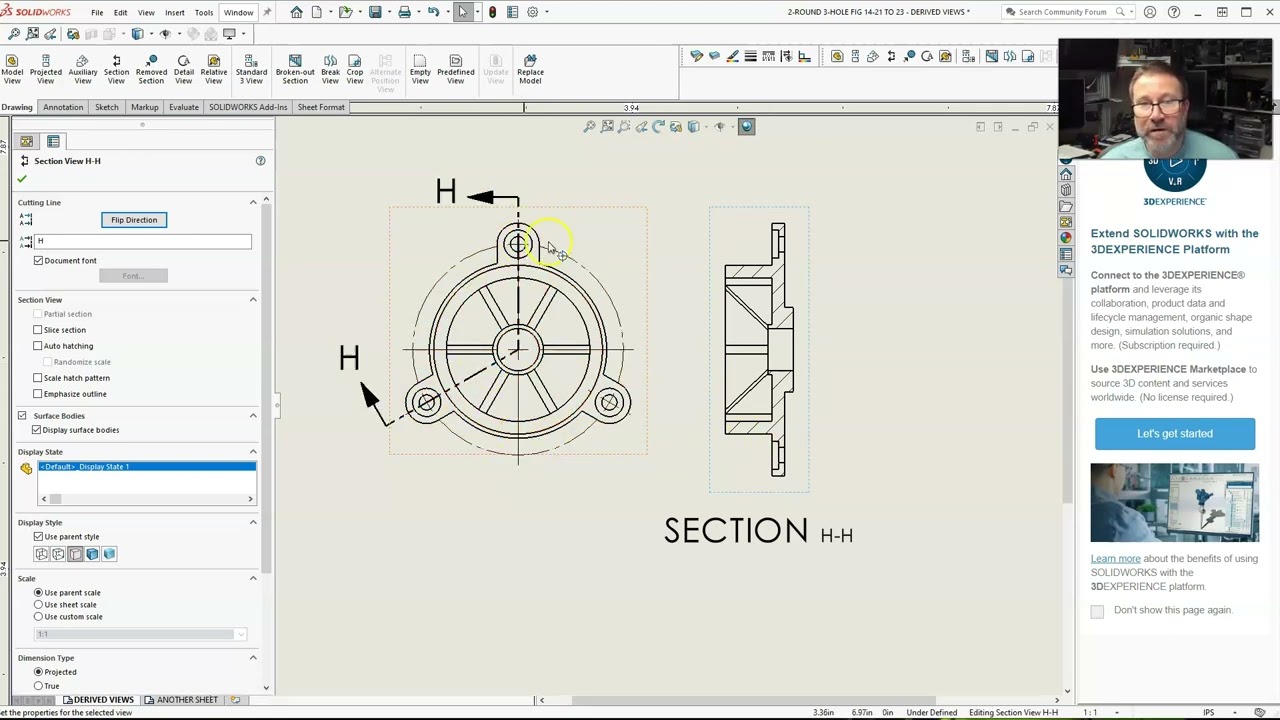
In the Design Table PropertyManager, click on ‘Browse’ next to ‘Source’ and select your Excel file.
Step 4: Map Excel Columns to SolidWorks Features

Use the drop-down menu in the Design Table PropertyManager to map Excel columns to SolidWorks parameters or features.
- Dimensions
- Equations
- Configurations
Step 5: Import the Data
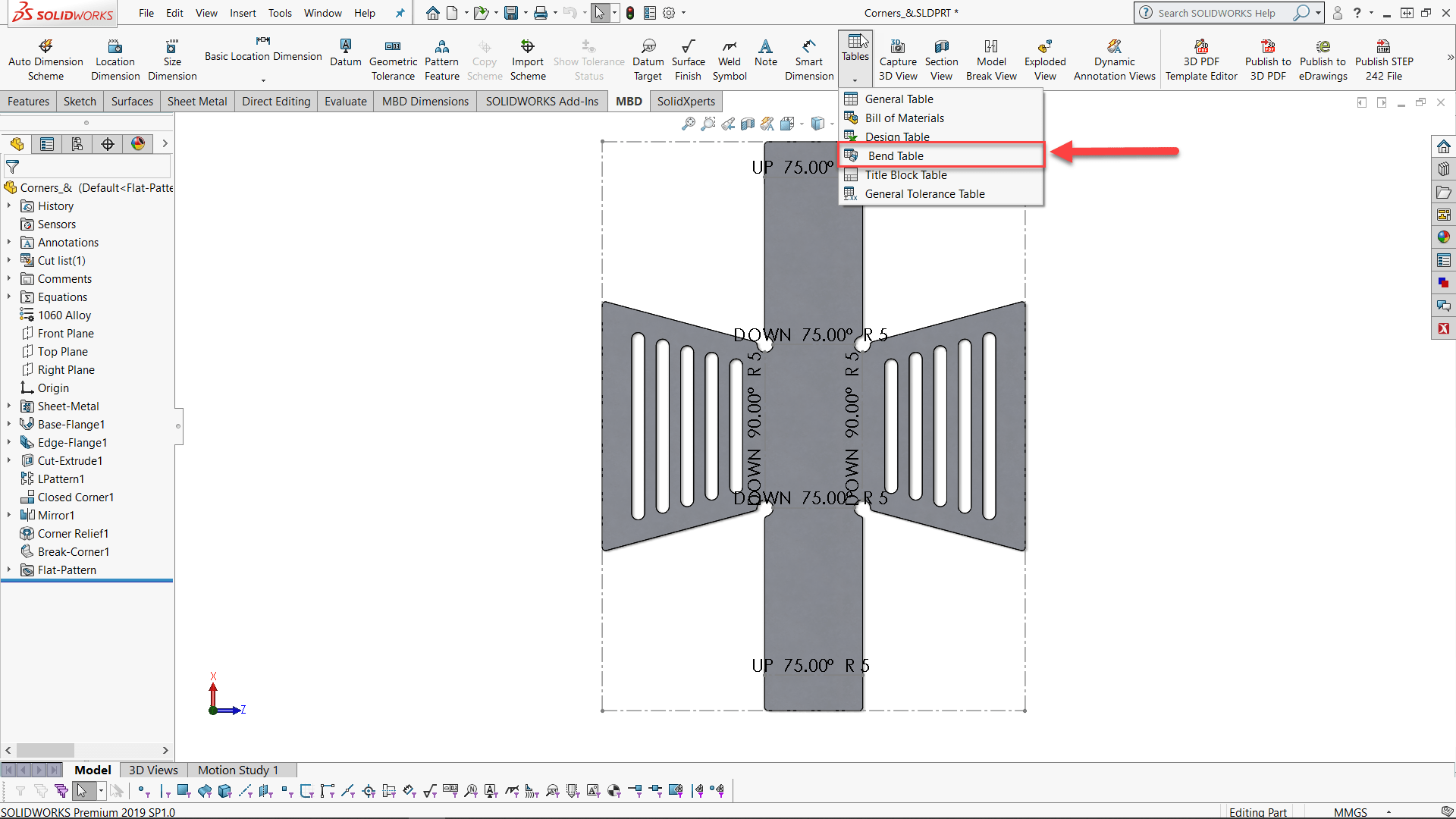
Click ‘OK’ to import the data into SolidWorks.
Step 6: Review and Configure

Review the imported data in the Design Table. Adjust or add configurations as needed.
📋 Note: If your data contains invalid entries, SolidWorks will show an error. Ensure all values are within expected ranges.
Step 7: Save Your Work

Save your SolidWorks document, which now includes the design table linked to your Excel sheet.
| Column | Example Data Type |
|---|---|
| Part Number | Text |
| Length | Number |
| Material | Text |
| Quantity | Number |
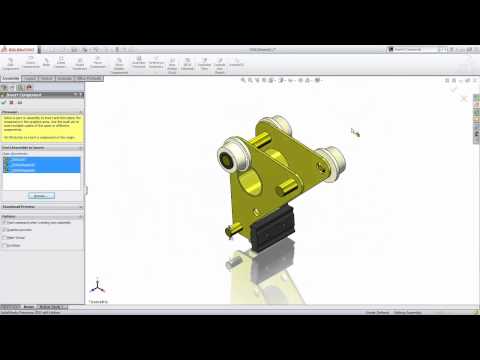
🔍 Note: The design table in SolidWorks can also be used to control materials, custom properties, and much more beyond just geometric parameters.
Advanced Tips for Excel-SolidWorks Integration
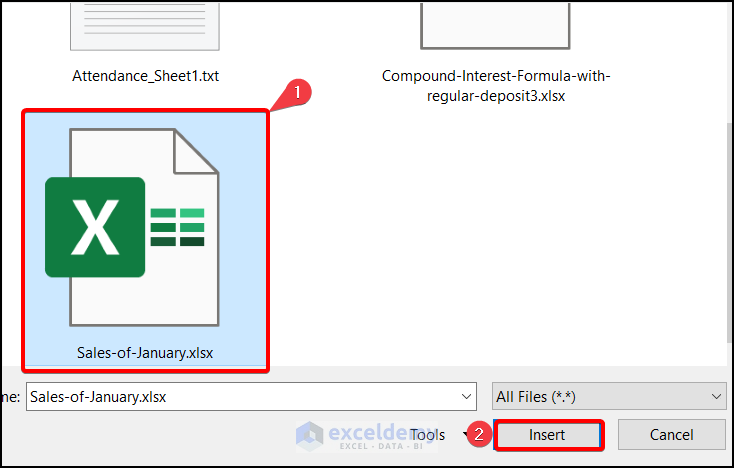
For those looking to get the most out of this integration:
- Link Excel to SolidWorks Equations: Use Excel formulas to generate equations in SolidWorks for dynamic designs.
- Create Configuration Scripts: Write VBA scripts in Excel to automate the creation of multiple configurations in SolidWorks.
- Link Excel to SolidWorks PDM: For an enterprise environment, consider using SolidWorks Product Data Management (PDM) to manage the files systematically.
💾 Note: Updates to the Excel file will not automatically update SolidWorks unless the Design Table is refreshed or reimported.
Integrating Excel with SolidWorks not only simplifies your design process but also opens the door to advanced automation and efficient data management. It's a versatile toolset that, once mastered, can streamline your design workflow, reduce errors, and enhance productivity. Remember to keep your Excel data clean and well-structured for optimal integration with SolidWorks. Take advantage of this powerful combination to transform your design process into an efficient, data-driven pipeline.
Can I update my SolidWorks model from changes in Excel?
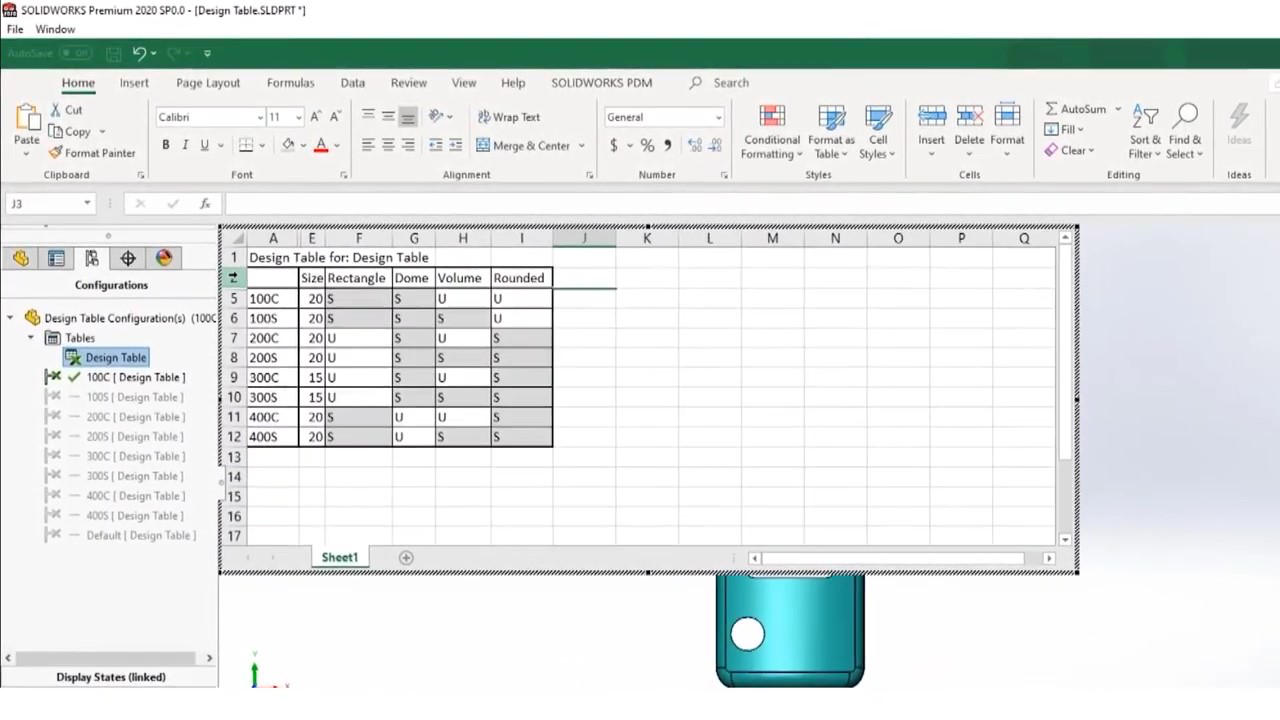
+
You need to manually refresh or reimport the design table in SolidWorks to update the model based on changes in Excel.
Does this work with other spreadsheet software besides Excel?
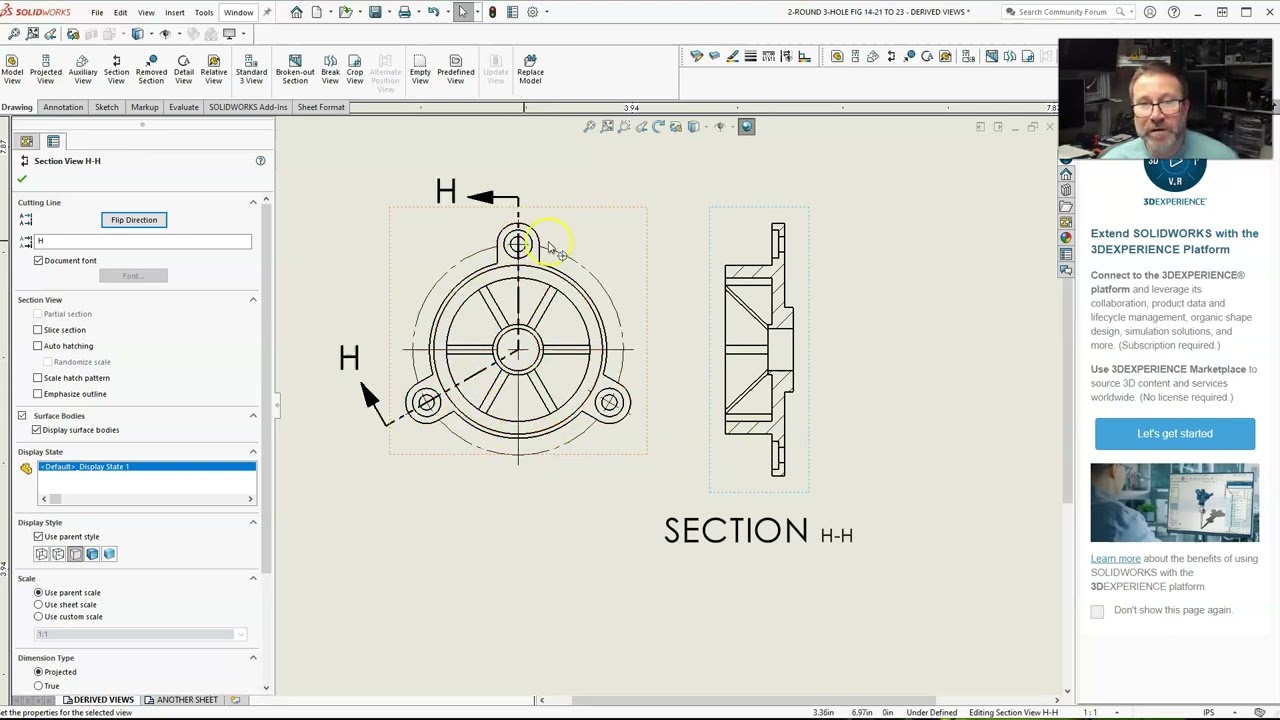
+
Yes, SolidWorks can also import design tables from other spreadsheet applications, provided the files are saved in compatible formats like .csv or .xls.
What if my Excel sheet has many rows or configurations?
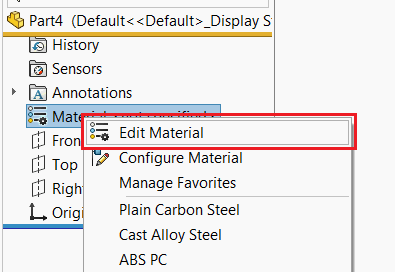
+
SolidWorks can handle large datasets, but for performance reasons, it’s advisable to keep the number of configurations manageable or use scripts for automation.



